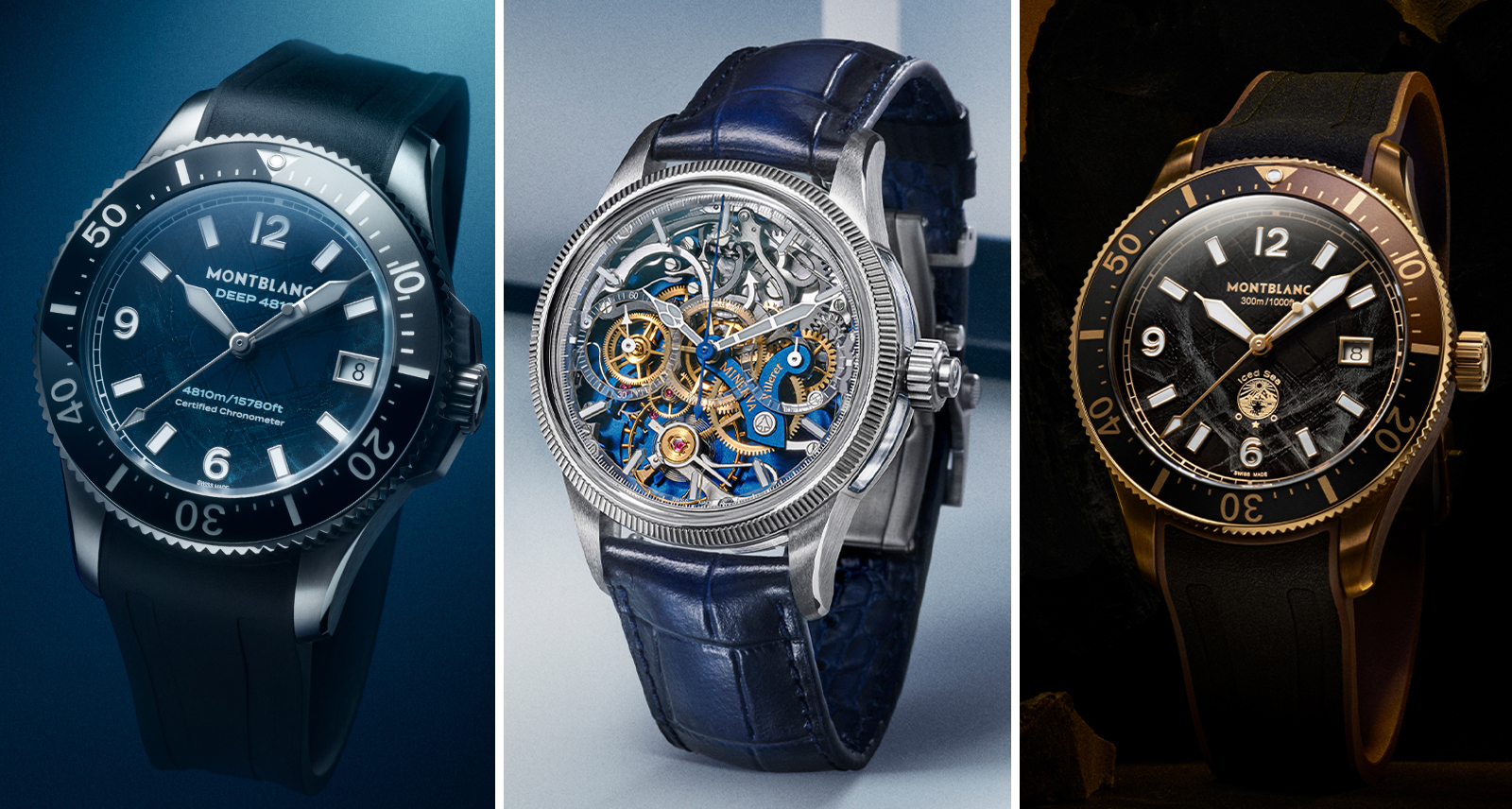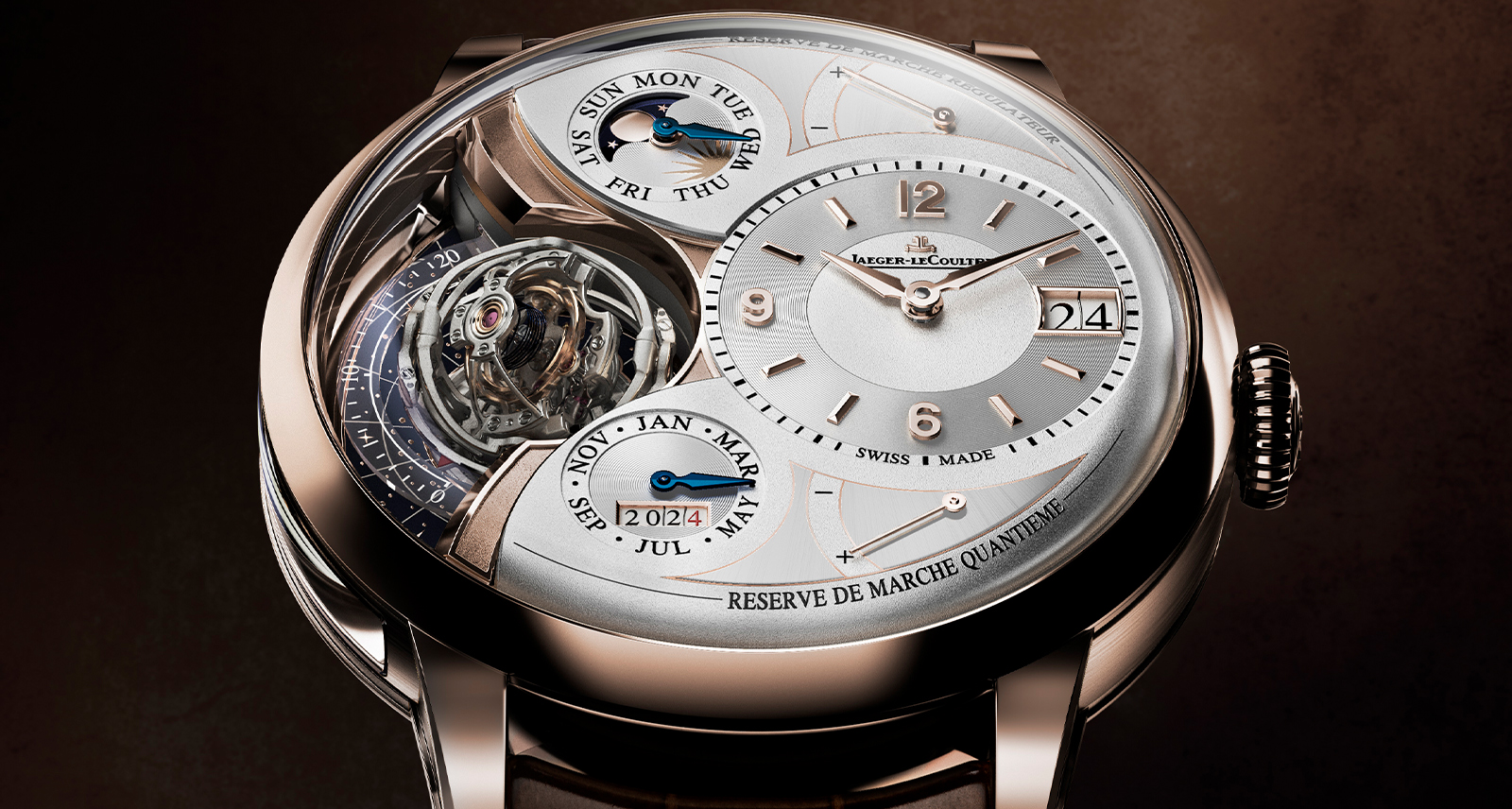The History of the Aviation Watch
Oh those dapper men in their flying machines. Here, we take a look back at the evolution of the aviation watch, from cockpit instrument to soaring style statement.
Oh those dapper men in their flying machines. Here, we take a look back at the evolution of the aviation watch, from cockpit instrument to soaring style statement.
2014
Swiss brand Oris has been making pilot watches since 1938, but its greatest achievement to date is the new Big Crown ProPilot Altimeter—a self-winding mechanical watch featuring a barometric altimeter which can measure altitude up to 15,000 feet.
1954
The two-toned bezel was born, and 24-hour markings allowed the wearer to know the exact time in alternate time zones without losing track of whether that time happened to be AM or PM.
40_First-GMT-Master-II_1982
1904
It was not only Santos who had issues with reaching into his pocket to check the time, and as a result many early pilot watches (essentially pocket watches attached to long straps) were not worn around the wrist but around the thigh. Alternatively, these early pilot watches, including those from Doxa and Omega were designed to be screwed into a socket on the cockpit’s instrument panel.
people2/ha218
1927
Lindbergh and Longines worked on creating the so-called Hour Angle watch. It allowed pilots to more easily determine the Hour Angle used for finding longitude based on Greenwich Mean Time, and determining their position over open water.
1954
The GMT Master watch by Rolex was designed for (and to some extent by) Pan-Am airline pilots who required an easily legible watch that could track the time at their present location, as well as at their base.
1904
The Wright brothers are credited as the first to achieve sustained manned flight, but the prize for creating the first pilot’s watch goes to Cartier who created a timepiece for Brazilian aviation pioneer Alberto Santos-Dumont in 1904. Santos-Dumont, needing a watch that could be worn on his wrist (thereby allowing him to keep his hands on his airplane’s controls during flight) asked Cartier for help, and their response was to create the Santos, likely also the world’s first wristwatch.
1927
In the early morning on Friday, May 20 1927, 25-year old Charles Lindbergh took off in the “Spirit of St. Louis” aircraft, bound for Le Bourget Airport near Paris, France. After becoming the first man to fly solo non-stop across the Atlantic, Lindbergh worked with Longines to develop new watches that could be used by pilots when navigating over the endless open waters.
1952
In 1952 Breitling originally released its now iconic Navitimer watch collection; timepieces designed for pilots with a slide rule calculator rotating bezel. In the days before electronic calculators, pilots could use slide rules to calculate everything from fuel consumption to metric conversions.
H76786733_PR_Original_10236
1909
Among the earliest major flight records in aviation was Frenchman Louis Blériot’s 1909 voyage over the English Channel. He crossed 31 miles of open water, taking 40 minutes to reach Dover from Calais at an altitude between 150 and 300 feet. The Zenith watch he wore possessed the DNA most future pilot watches would inherit: a luminous dial, hands for readability, oversized Arabic numerals, a large crown for turning when wearing gloves, a bi-metallic anti-magnetic hairspring and a case that could be attached to the plane’s instrument panel.
Street Style
Watches
Culture
Culture
Range Rover | SHARP
Style








